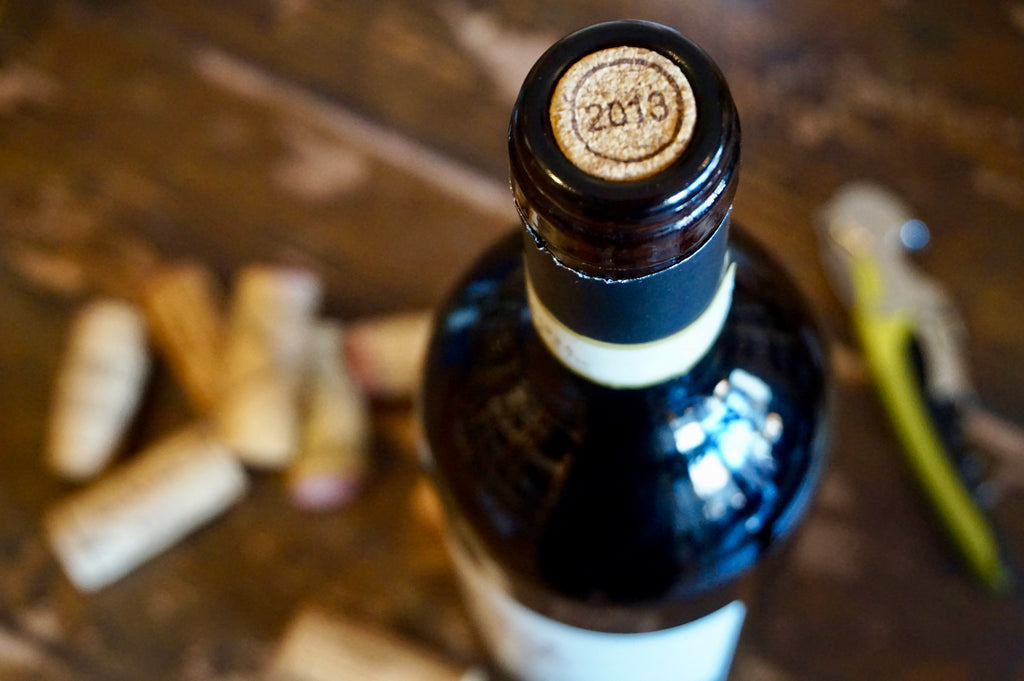
In Vinarius we are often asked about the difference between corks and other wine bottle stoppers. Here are some guidelines to understand the technical, philosophical and marketing reasons behind the choice that producers make to seal their bottle of wine.
Cork is a natural product made from bark stripped from a specific oak, Quercus Suber, that grows mainly in western Mediterranean countries. Its intrinsic characteristics has made it the ideal wine bottle closure for hundreds of years: it is light, flexible, inert and impermeable to liquid. Another of its attribute which still makes it indispensable today for Fine Wines and bottle ageing, is that cork is semi-impermeable to gas. This means that it just allows to the right amount of oxygen to enter inside the bottle that the wine requires for medium to long maturation.
Corks also bring the idea of tradition with the pleasure, almost a ritual gesture, of opening the bottles with a corkscrew followed by the familiar popping sound. That’s why all the important European wine appellations only allow to bottle their wine with corks.
Its worst enemy is a chemical compound called TCA that is sometime formed by some fungi inside the cork and that can be transferred to the final wine. Although harmless TCA can spoil the wine with an unpleasant, mouldy odour – just imagine the smell of a wet dog – that makes the wine undrinkable. Today less than 2% of the wine are, in some degree, affected by the “corked” taint.
Cheap alternatives to natural corks are often used for inexpensive and young wines: corks agglomerate, plastic corks or – especially for organic wines – corks made from cane sugar fibres that are natural and fully recyclable and biodegradable.
Technically speaking, Screwcaps are the best way to seal a bottle of wine; cheap, light, durable, easy to use (no corkscrews) and no risk of corked wine. It is ideal for white aromatic wines or young reds as the perfect barrier to the oxygen. The internal liner can also be changed to allow some degree of oxygen to enter the bottle although natural cork is still the preferred option for long term bottle maturation.
Screwcaps have also been indirectly used as a marketing tool to identify a wine style evoking the idea of modernity and innovation, especially from “new world” wine producers. That’s why almost the totality of the New Zealand wines and the big majority of the Australian wines are screwcap-sealed.
One of the latest additions you can spot on our shelves are bottles closed with crown caps. Natural wine producers often use them for their wine, (sparkling in particular: Prosecco Col Fondo, Lambrusco Ancestrale etc.) which helps them to highlight their unique identity and quirkiness.
